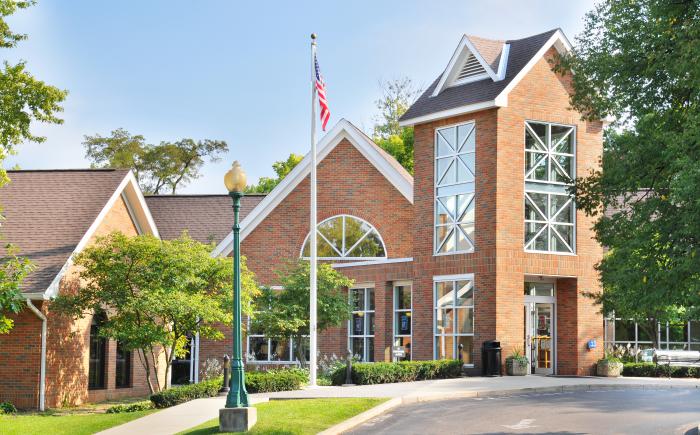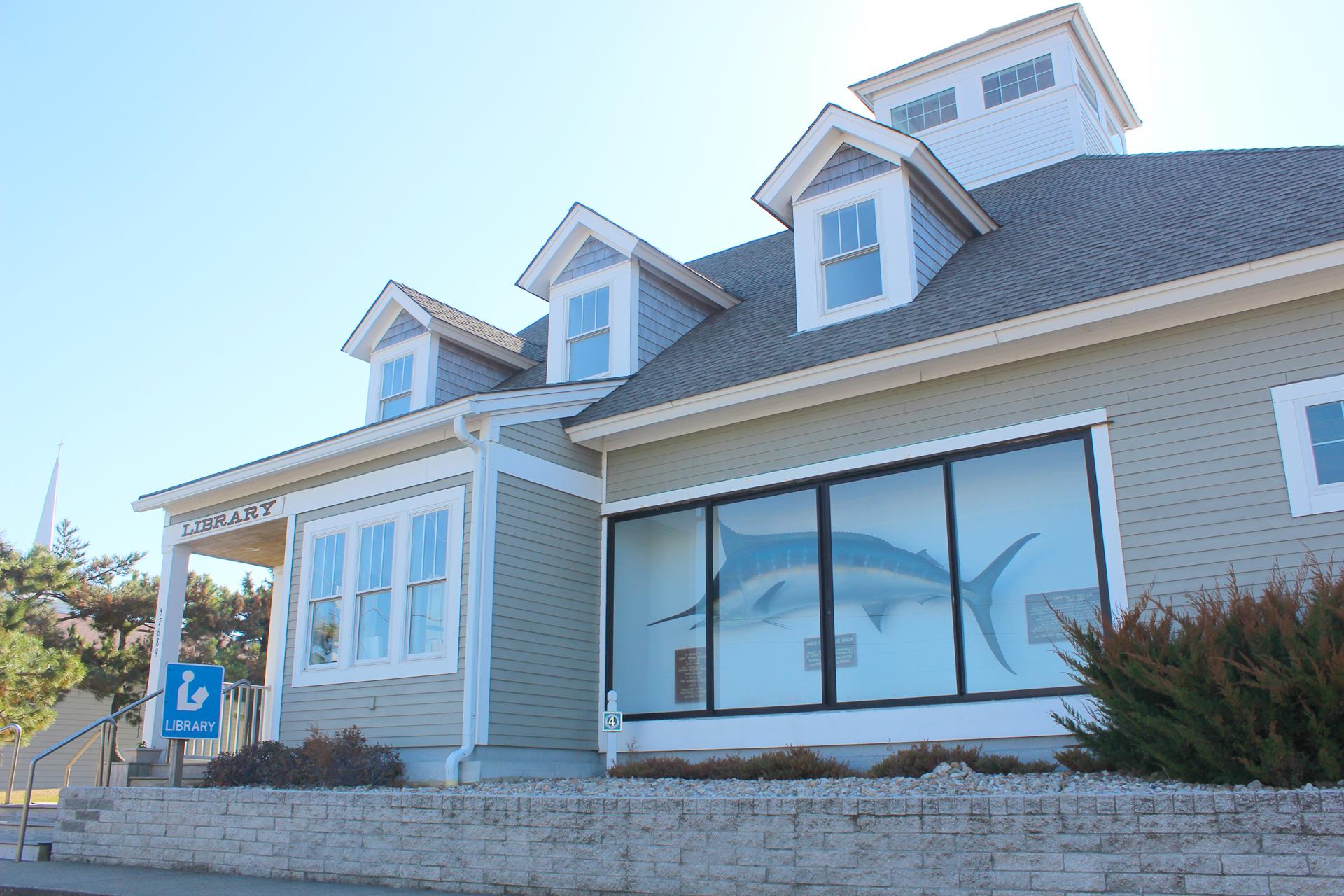
We might "visit" this libary
Old Worthington
In thinking about expanding what public libraries circulate, we think about the purpose of the library, what it offers the community, how libraries can meet changing needs, and what practical benefits and challenges come with such servicing of and anticipating changing needs.
Let’s assume that each case is individual and dependent on a variety of factors — of course there’s that "it depends" part of every discussion and possibility that raise questions that lead to more questions. While valuable, Rachel thinks that nevertheless we can come to some general conclusions and overarching questions regarding non-traditional circulating materials in public libraries.
The following reading is a marvelous overview that addresses most of what we’ll be discussing in class this week. I’d recommend starting here:
What is a traditional item? What is a non-traditional item? Check out these links to read some examples of non-traditional items, and choose one (either from these sources or from the endless bounds of your own imagination!!) to focus on in more depth:
For the forum post, in addition to expounding on anything that catches your eye, please write about one example of a non-traditional circulating material and what challenges and benefits it would have in a particular community. You can pick a library you love or make one up.
Keep these questions in mind as you ponder the material for this week. We’ll start by discussing the above materials (both the readings and the actual non-traditional materials described therein). Rachel will then talk through a prepared slideshow with various examples, and then we’ll go into the following questions and any further wonderings and intriguing thoughts you have.

Old Worthington
We will be joined by the technology librarian at the Orange County Public Library in Hillsborough, NC
The path from the Community Workshop Series to the current post is an interesting one and will complement quite nicely with the topic of the day.

Dare County Public Library, Hatteras, NC
You might find it interesting to read about this particular public library.